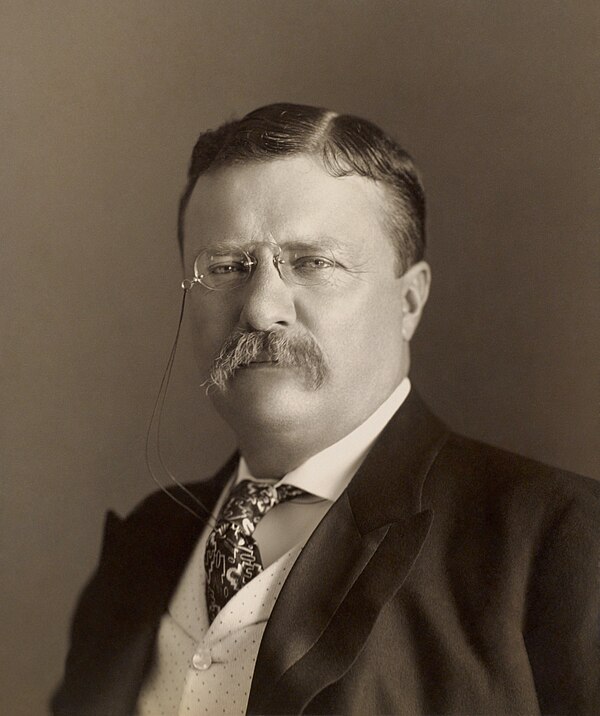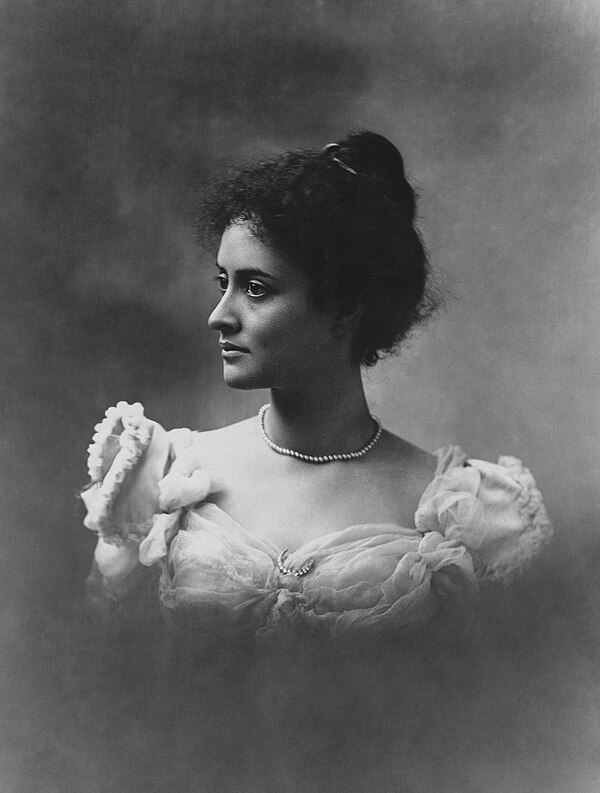20251106
From today's featured article
The sieges of Berwick were the Scottish capture of the town of Berwick-upon-Tweed and their subsequent unsuccessful siege of Berwick Castle, and the English siege and recapture of the town. In 1355 the Second War of Scottish Independence had been under way for over 22 years when, encouraged by the French who were fighting the English in the Hundred Years' War, the Scots assembled an army on the border. In September a truce was agreed and much of the English army left to join King Edward III's campaign in France. In October the Scots broke the truce. On 6 November a Scottish force led by the Earls of Angus and March captured the town of Berwick in a pre-dawn escalade, but failed to take the castle, which they besieged. Edward returned from France and gathered a large army at Newcastle. Most of the Scots withdrew. When the English army arrived in January 1356 the remaining Scots negotiated a safe passage and also withdrew. The English army went on to invade and devastate southern Scotland. (Full article...)
Did you know ...
- ... that Alex the Great (pictured) signed autographs by biting the corners of business cards?
- ... that San Marino politician Lorenzo Bugli first ran for office when he was a teenager?
- ... that John F. Kennedy's pollster found many West Virginia voters concerned that a Pope in the White House would arrive by transatlantic tunnel?
- ... that Kyōka Moriya cosplayed for her driver's license photo?
- ... that Corbin/Hanner's "Work Song" has been described as "hillbilly reggae"?
- ... that the parasitic disease enterobiasis once affected nearly 30% of General Mansilla?
- ... that civil rights activist Dorothy Burnham is also a supercentenarian?
- ... that Messenger players can communicate with each other via poop emojis?
- ... that Amy Louise Daniels worked with wobbly rats?
In the news
- UPS Airlines Flight 2976 crashes after takeoff from Louisville, Kentucky, killing at least 12 people.
- Typhoon Kalmaegi leaves at least 93 people dead in the Philippines.
- In baseball, the Los Angeles Dodgers defeat the Toronto Blue Jays to win the World Series (MVP Yoshinobu Yamamoto pictured).
- At least 10 people are confirmed killed in election protests as the incumbent president of Tanzania, Samia Suluhu Hassan, is declared winner of the general election.
- In baseball, the Fukuoka SoftBank Hawks defeat the Hanshin Tigers to win the Japan Series.
On this day
November 6: Gustavus Adolphus Day in Estonia, Finland, and Sweden
- 1856 – The first story from the collection Scenes of Clerical Life by the English author George Eliot was submitted for publication.
- 1939 – As part of their plan to eradicate the Polish intellectual elite, the Gestapo arrested 184 professors, students and employees of the Jagiellonian University (location pictured) in Kraków.
- 1977 – The Kelly Barnes Dam in Stephens County, Georgia, collapsed; the resulting flood killed 39 people and caused US$2.8 million in damages.
- 2004 – A man committing suicide parked his car on the railway tracks in Ufton Nervet, Berkshire, England, causing a derailment that also killed six people on the train.
- 2012 – Tammy Baldwin became the first openly gay politician to be elected to the United States Senate.
- Stanisław Staszic (bap. 1755)
- Pyotr Ilyich Tchaikovsky (d. 1893)
- Ida Lou Anderson (b. 1900)
- Hilda Braid (d. 2007)
Today's featured picture

Mordançage is an alternative photographic technique developed in the 1960s that alters gelatin silver prints to give them a degraded effect. The mordançage solution works in two ways: it chemically bleaches the print so that it can be redeveloped, and it lifts the black areas of the emulsion away from the paper, giving the appearance of veils. Once the emulsion is lifted, it can then be removed or manipulated depending on the desired outcome. Areas where the emulsion was removed appear to be in relief. These prints can become oxidized during their creation, further altering the tonality of the image. This self-portrait shows an example of mordançage applied to a photographic print.
Artwork credit: Stacey Svendsen































































































































